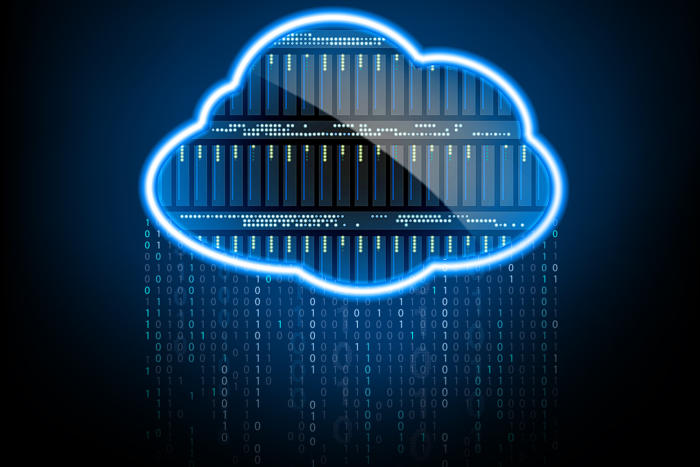Multiple cloud technologies and emerging application services support the digital transformation of enterprises in the region
F5 Networks today announced the results of its SOAD 2018 delivery report. The results of the fourth edition of the unique global report show the increasing impact of multiple cloud deployments and help organizations in Europe, the Middle East and Africa improve their applications, automate processes, . It also highlights the latest operational and security challenges associated with this transformation.
"In Europe, the Middle East and Africa, organizations in Europe and the Middle East and Africa are focusing more than ever on building and building the foundations for application-oriented digital transformation," said Cindy Borovik, Business Intelligence Manager at F5 Networks. As a result, many are moving towards multiple cloud environments, which will enable them to acquire leading platforms that enable them to compete competitively and innovate under the umbrella of today's dominant digital economy. "
Digital transformation processes inspire new architecture initiatives and advance information technology
Based on the Application Delivery Status Report 2018, upgrading IT is the first benefit of digital transformation efforts in Europe, the Middle East and Africa (69%). While the competitive advantage ranked second with 59% and the improvement of the business level by 46%.
To take advantage of these benefits, the cloud must be combined, new applications built, and information technology automation, with more than half of the respondents reporting that they use automation and synchronization of information technology for digital transformation processes.
While about half of them seek to deliver applications from the public cloud, and 48 percent are changing the mechanism for developing their applications. Forty-three per cent of respondents reported that digital transformation processes had strengthened the search mechanism for new application structures containing containers and precision services.
Multiple Cloud Challenges
According to the results of the Application Delivery Status Report 2018, 54 percent of respondents identified the best cloud type for each application on a case-by-case basis, leading to a high level of demand for multiple cloud environments, with 75 percent of respondents citing their use of service providers Multiple Cloud.
As always, security remains a major concern in cloud environments. At the level of Europe and the Middle East and Africa, the consistent security policy law applied to all the company's applications became the most challenging or frustrating aspect of managing multiple cloud environments. 42 percent of respondents said that 39 percent said the biggest challenge was to protect applications Of existing and emerging threats.
The results of the Application Delivery Status 2018 report conclude that this has led to an increase in the number of enterprises using the WAFs firewall, with 61 percent of the participants currently using this technology to protect their applications.
"As applications are the mainstay of business, enterprises have taken their IT decisions based on application requirements, and many of them have benefited from multiple cloud platforms," said Cindy Borovik. "While cloud environments offer many benefits in terms of speed, scalability and flexibility, there are a number of challenges they face in providing consistent cloud security levels, protecting applications from different types of threats, and gaining visibility and transparency on the integrity of the application ' .
Application services are portals of the future
The results of the application delivery status report 2018 show that enterprises in Europe and the Middle East and Africa have benefited from 15 different application services to keep their applications fast, secure, and available for use.
Security remains the most important component of application service across Europe, the Middle East and Africa (44%), compared to 39% worldwide. Interestingly, the rate of access to gate services has grown to become a "must" service, with IT institutions ready to enter the digital age of the economy.
One of the most prominent portal services in Europe, the Middle East and Africa is Internet Objects 34 percent, software-defined networks 32 percent, application programming 32 percent, and Hypertext Transfer Protocol 28 percent.
A major challenge facing the security of application services is the growing complexity and sophistication of attacks of 42 percent, the lack of employee appreciation for the effects and consequences of failing to follow security policies, 41 percent, the high level of complexity of security solutions, 29 percent, the security of mobile applications, 35 percent, Information technology 28 percent.
"Institutions in Europe, the Middle East and Africa are looking to capitalize on the realities of the digital economy by embracing modern applications, cloud models, and a wide range of devices," said Cindy Burwik. "Portal deployments clearly demonstrate that participants in the study use the techniques and tools they need so they can move with full confidence into a digital future that is more present than ever before."
Automation and synchronization: a quick start to the future
IT departments embrace the concepts of programmability and standardization within automation and synchronization environments across Europe, the Middle East and Africa. Three in four, 75 per cent of respondents, indicated that using automation to operate an IT infrastructure was "important" or "very important".
While the majority is 72 percent
